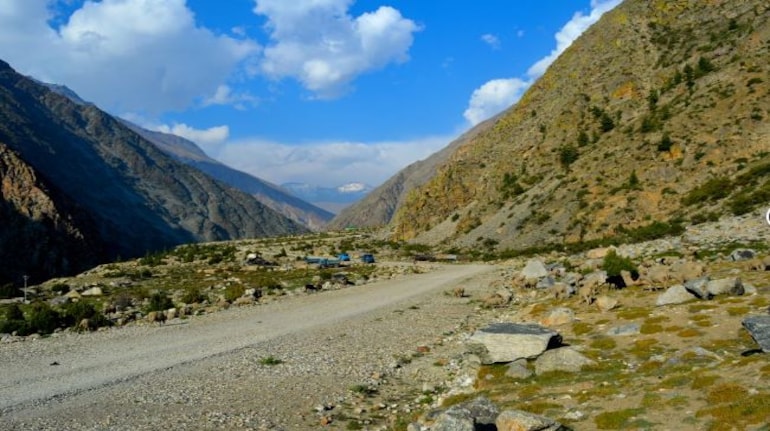Uttarkashi Earthquake Swarm
Recent seismic activity in Uttarkashi, Uttarakhand, has raised concerns among experts and residents alike. A series of nine minor earthquakes occurred between January 24 and February 3, 2025. Although these tremors were mild, they prompted panic among the local population. The area is known for its geological instability, lying in a highly seismic zone.
About Earthquake Swarms
- An earthquake swarm is a sequence of small earthquakes occurring in a specific area over a short period, without a single large earthquake.
- Unlike the typical mainshock-aftershock pattern, swarms feature multiple tremors of similar magnitudes.
- They can occur without a clear pattern and sometimes increase in intensity.
- The United States Geological Survey (USGS) continues to study the underlying processes of these swarms.
Tectonic Activity in Uttarkashi
Uttarkashi lies in Zone IV of India’s seismic map, indicating a high risk of earthquakes. The Indian and Eurasian tectonic plates collide in this region, creating stress that leads to minor earthquakes. This stress builds up over time, making a major earthquake overdue. The last quake in Uttarkashi was in 1991, resulting in over 700 fatalities.
Impacts of Minor Tremors
While minor tremors can help release some accumulated energy, they do not eliminate the risk of earthquake. Experts caution that ongoing seismic activity may be a warning to avoid excessive human intervention in seismically active areas. The recent earthquakes have caused landslides in the Varunavat hills, endangering local infrastructure.
Month: Current Affairs - February, 2025
Category: Defence Current Affairs







